After the latest MacOS Tahoe update, there have been reports of Safari browser no longer connecting to Innuos systems.
We believe this is due to some security changes on Safari and can be resolved through a change of some settings - we are testing and verifying the process for this and will publish instruction accordingly.
We believe this is due to some security changes on Safari and can be resolved through a change of some settings - we are testing and verifying the process for this and will publish instruction accordingly.
Last edited:
Upvote
0




